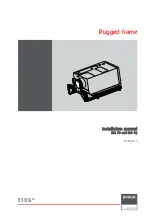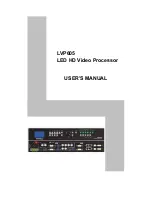
Invoking the Tools Individually
2-40
-
The inputs for the
interlist utilit
y are the assembly file produced by the
compiler and the C source file. The utility produces an expanded assem-
bly source file containing statements from the C file as assembly language
comments. section 2.7,
Using the Interlist Utility
, on page 2-34 and section
Invoking the Interlist Utility,
on page 2-46 describe the use of the
interlist utility.
-
The input for the
linker
is the COFF object file produced by the assembler.
The linker produces an executable object file. Chapter 4,
Linking C Code,
describes how to run the linker. The linker is described fully in the
TMS320C1x/C2x/C2xx/C5x Assembly Language Tools User’s Guide.
2.9.1 Invoking the Parser
The first step in compiling a TMS320C2x/C2xx/C5x C program is to invoke the
C parser. The parser reads the source file, performs preprocessing functions,
checks syntax, and produces an intermediate file that can be used as input for
the code generator. To invoke the parser, enter the following:
dspac
input file
[
output file
]
[
options
]
dspac
is the command that invokes the parser.
input file
names the C source file that the parser uses as input. If you
do not supply an extension, the parser assumes that the file’s
extension is
.c
. If you do not specify an input filename, the
parser prompts you for one.
output file
names the intermediate file that the parser creates. If you do
not supply a filename for the output file, the parser uses the
input filename with the extension of
.if
.
options
affect the operation of the parser. Each option for the stand-
alone parser has a corresponding dspcl option that performs
the same function. Table 2
5 on page 2-41 shows the parser
options, the dspcl shell options, and the corresponding func-
tions.
Summary of Contents for TMS320C2x
Page 8: ...viii...
Page 69: ...2 47 C Compiler Description...
Page 159: ...6 36...
Page 226: ...8 6...
















































